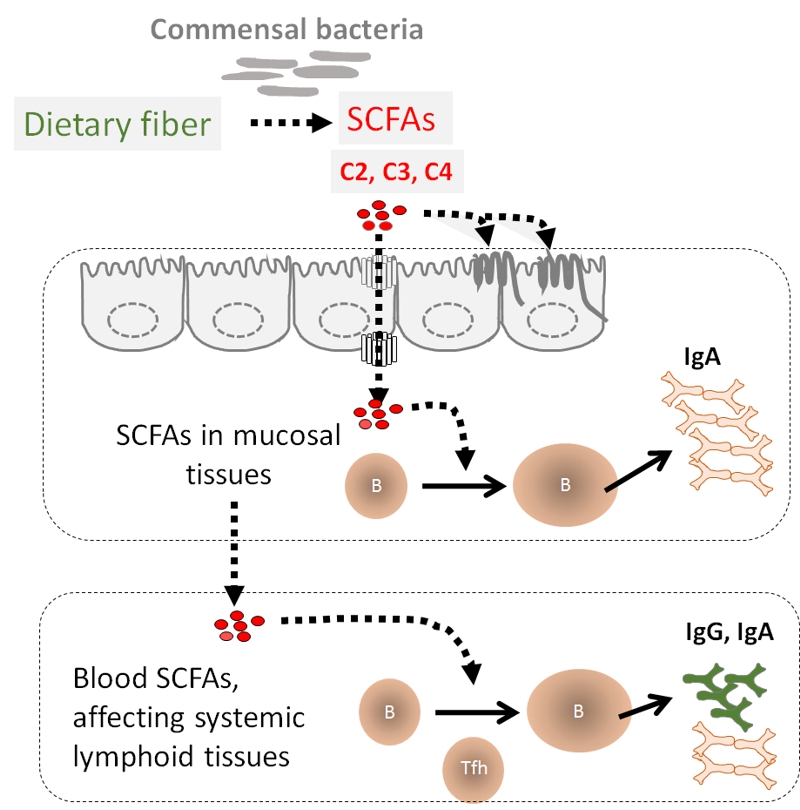FIGURE 1: DF boosts antibody production through SCFAs.
Soluble DF and digestion-resistant starches that reach the colon are fermented by commensal bacteria. This process generates SCFAs, which are absorbed by colonocytes. Some of the absorbed SCFAs are used by colonocytes but the remaining SCFAs are transported into gut tissues and reach the blood circulation. SCFAs in gut and associated-lymphoid tissues enhance B cell activation and plasma B cell differentiation, which are initiated by BCR-activating antigens, TLR ligands and/or co-stimulatory receptor ligands. This can lead to enhanced IgA production. The SCFAs that reach the blood circulation also affect B cell responses in systemic tissues. SCFAs boost the activation of B cells and production of IgG and IgA. SCFAs increase the synthesis of Acetyl-CoA, ATP and fatty acid in B cells to provide energy and building blocks required for plasma B cell differentiation. SCFAs also affect gene expression through their HDAC inhibitor activity to efficiently express genes for key regulators of B cell differentiation. The function of DF and SCFAs in helping B cells contributes to overall host immunity during the steady state and infection by pathogens.

